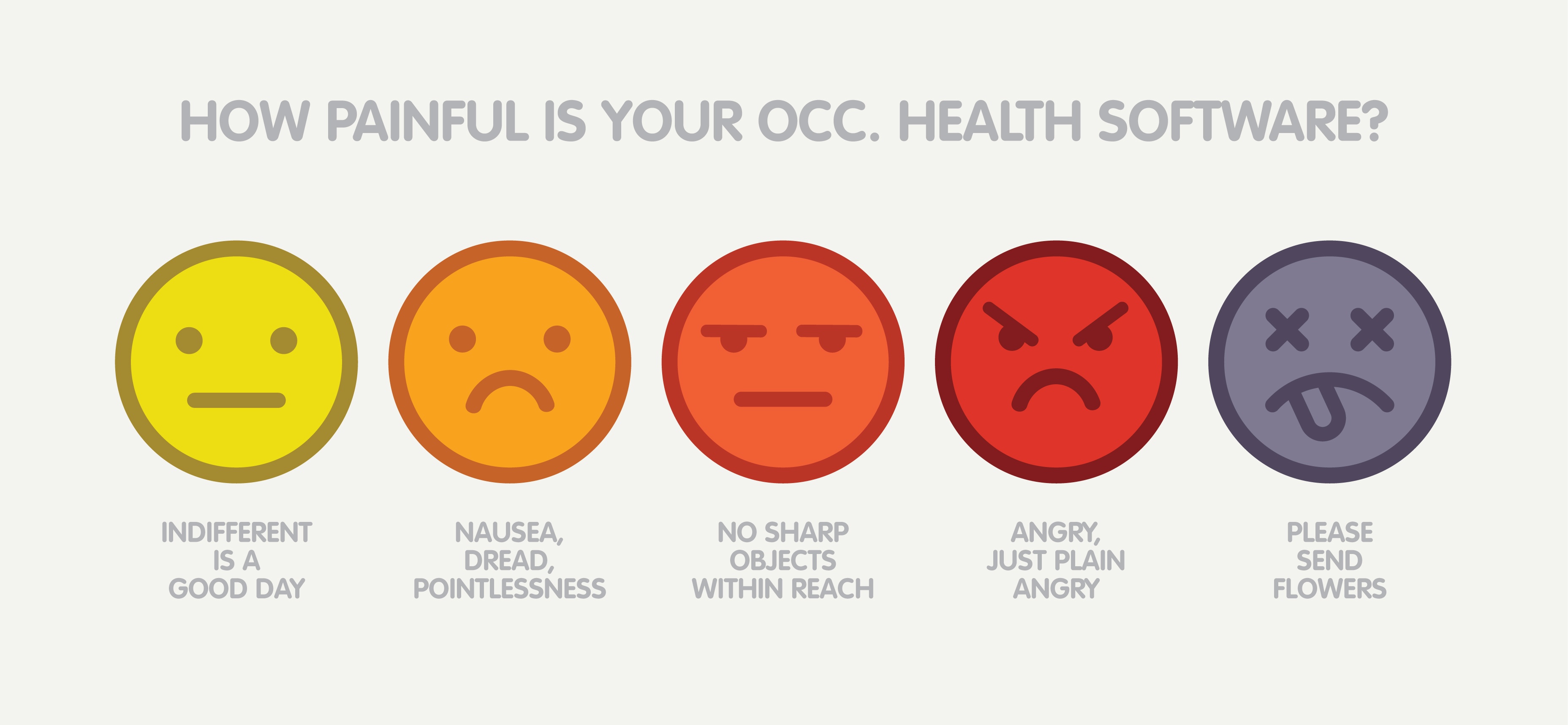Unifying employee health across borders and cultures — going global part 2 of 3
By Enterprise Health on Mar 24, 2017 3:59:25 PM

If you haven't already, we recommend you begin with part 1 of this series.
“The health, safety and well-being of workers…are of paramount importance. It is important not only to individual workers and their families, but also to the productivity, competitiveness and sustainability of enterprises/organizations, and thus to the national economy of countries and ultimately to the global economy.”
— World Health Organization, WHO Healthy Workplace Framework and Model
Given the amount they have to gain or to lose, it’s no surprise that employers are leading the effort to maintain the health and wellness of their most valuable assets — their employees.
Our continuing “Going Global” series is designed to simplify and demystify the process of expanding a successful domestic employee health program across borders and cultures. In this installment, we share a second set of lessons we’ve learned.
Lesson 4: Create a detailed blueprint
In the O’Reilly Commons wiki, Kim Heldman, PMP, says “If the project plan is the heartbeat of a solid project management methodology, the scope statement is its breath. The scope statement details the vision of the project…its goals and deliverables, and it documents what a successful conclusion to the project looks like.”
We refer to the project scope a bit less poetically and think of it as the blueprint. In this document, the focus is on workflow, comparing historical data on previous system use with plans for standardization across all sites — domestic and global.
Consider what’s already working well along with those areas where workflow can be improved:
- Begin by identifying what functionality will deliver the greatest and most immediate positive impact in the daily lives of the staff using the system.
- Decide what data will be transitioned to a new system, and plan for migration.
- Include a timeline that identifies which functionality will be part of the initial implementation and when additional modules will roll out.
- Focus on standardization, but allow for local customization where required.
Lesson 5: Craft a communications plan
The communications plan answers the who, what, when, where, and how of stakeholder communication. Not everyone needs to know the same details or be informed at the same level or frequency.
An effective plan should identify:
- Key stakeholders. Include company management, health services management, health services staff, company employees, and other departments and staff such as industrial hygienists who will be impacted by the program expansion.
- Decide which groups need what information, and identify the appropriate level of detail for each group.
- Communicate consistently, consolidating information when possible to avoid constant “pings.”
- Identify the most appropriate process for communicating with each stakeholder group, using tools that are accessible by the recipients. For management, that might mean doing a presentation. For others, it might be an email or even a poster in the employee lounge.
In all communications, be clear and concise. Let stakeholders know what you are doing and when – and what your expectations are for them.
Lesson 6: Check (list), please!
If there is a single important tool in implementing a standard employee health IT management system internationally, the checklist is it.
To create a checklist, begin with your first implementation and document clinic workflow. Include information on all action items associated with implementation. As each new site is brought online, add newly identified items to the original checklist to create a step-by-step guide.
At minimum, the checklist should include requirements and action items for:
- language translations
- scheduling
- testing needs/equipment/interfaces
- health surveillance
- data transfer
- demographics
- clinic notes
- lab data
- implementation “go live” plan
- post-implementation assessment
- long-term assistance plan
- change requests and updates
The importance of ongoing, detailed documentation cannot be underestimated. Properly crafted and updated, the checklist simplifies every subsequent implementation, which minimizes time the to “go live” while also reducing risk.
You May Also Like
These Related Stories

Unifying employee health across borders and cultures — going global part 1 of 3

Unifying employee health across borders and cultures — going global part 3 of 3
